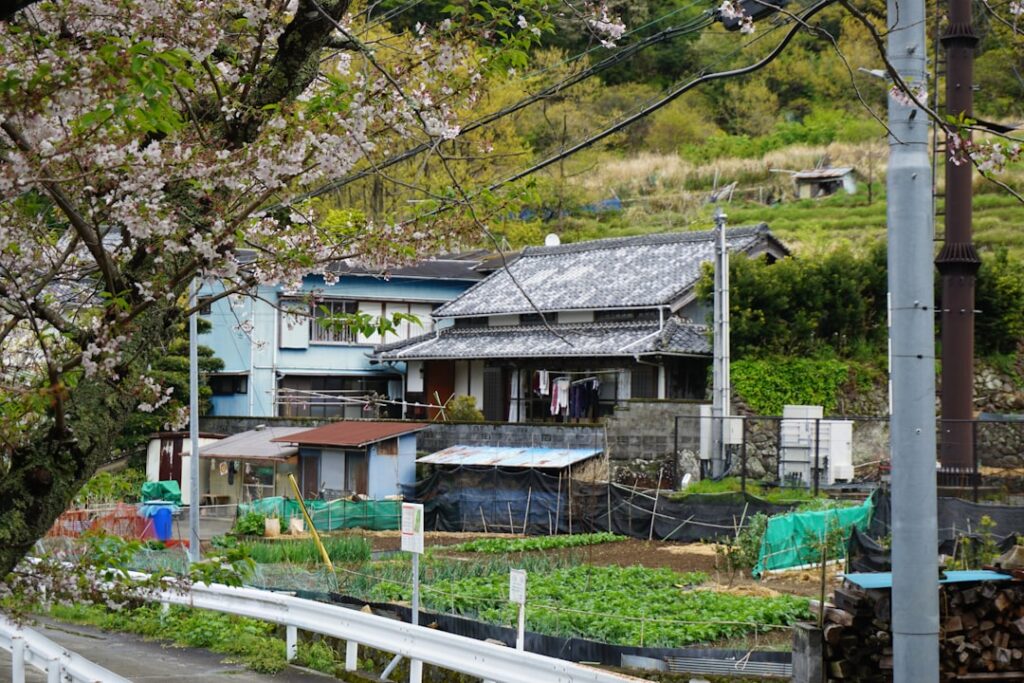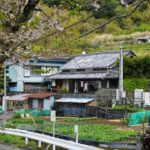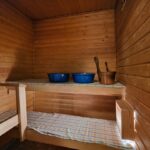Japan’s “Satoyama” are enchanting, semi-wild landscapes where villages blend harmoniously with nature—a magical world most travelers never see. In 2025, the call of the countryside is stronger than ever as eco-conscious adventurers and curious explorers venture beyond the well-trodden tourist paths to immerse themselves in these hidden green gems. This article is your inside guide to discovering the true Satoyama, from its deep cultural roots to thrilling hands-on experiences, sustainable stays, and the latest travel trends. Get ready for an unforgettable journey into Japan’s secret heart!
What is Satoyama? Exploring Japan’s Unique Countryside Culture
The concept of Satoyama refers to the mosaic of mountains, forests, rice paddies, and villages that make up Japan’s rural inner edges. Neither wild wilderness nor modern city, Satoyama is where centuries-old practices—like traditional farming, forestry, and sustainable living—have shaped a vibrant ecosystem and a unique lifestyle. These areas have always served as vital sources of food, fuel, and inspiration for local communities, while playing a crucial role in fostering biodiversity.
Today, Satoyama is drawing renewed attention as a symbol of harmony between humans and nature. As urbanization accelerates, young Japanese and international travelers are looking to these landscapes for wisdom, rejuvenation, and truly authentic cultural experiences.
Hidden Satoyama Hotspots: Tottori, Noto Peninsula, and Beyond
Many travelers never venture beyond Kyoto or Tokyo, yet Japan’s most captivating Satoyama often lie far from the crowds. Tottori, located on the Sea of Japan coast, is famed for its ethereal sand dunes—but its lush Satoyama landscapes are a local treasure. Picture misty forests, patchwork rice terraces, and small farming villages that guard centuries-old secrets.
On the Noto Peninsula in Ishikawa Prefecture, Satoyama is interwoven with the lives of fishing families, salt-makers, and artisans. Discover ancient walking paths beneath towering cedars, secret waterfalls, and ocean vistas untouched by mass tourism. Other lesser-known Satoyama gems can be found throughout Shimane, Nagano, and even parts of Shikoku, each offering distinct scenery and traditions waiting to be explored.
Immersive Green Tourism: Farming, Foraging & Culinary Culture
If you want to do more than just admire the scenery, Satoyama welcomes you to dive in hands-on. Community-based green tourism is booming in 2025, offering everything from rice planting and harvesting with local farmers to seasonal foraging tours for wild herbs and bamboo shoots.
Join in cooking workshops where you’ll learn to make rustic regional dishes like “takenoko gohan” (bamboo shoot rice), handmade miso, or foraged mountain vegetable tempura. Many Satoyama villages offer homestays or day visits, letting you swap city life for a day of living close to the earth—witnessing ancient techniques and making real connections with rural communities.
Sustainability & Eco-Tourism: Staying Green in Satoyama
The latest Satoyama stays and activities go beyond charm—they’re deeply committed to sustainability. In Tottori, you can book an eco-lodge built from natural materials, or sleep in a 150-year-old renovated kominka (farmhouse) where solar panels and organic gardens meet timeless tradition. Many organizations now run zero-waste tours that minimize impact while maximizing cultural immersion and environmental respect.
Look for initiatives like reforestation projects, organic tea gardens, and micro-volunteer programs where guests help local eco-startups. These efforts not only protect Satoyama’s future but also let you become part of the landscape’s ongoing story.
2025 Satoyama Trends: New Tours, Experiences, and Travel Tips
In 2025, Satoyama travel is more personal, innovative, and accessible than ever before. “Deep Satoyama Tours” led by local experts go off the beaten path—think sunrise forest meditations, guided handicraft workshops, and wildlife-spotting journeys.
Before you go, here are a few travel tips:
- Book experiences and stays directly with local operators to maximize community benefit.
- Visit in the shoulder seasons (May–June or September–October) for the best weather and scenery.
- Pack light, eco-friendly gear, and respect local customs—Satoyama communities value thoughtful visitors.
- Bring cash, as many rural areas don’t accept credit cards.
Satoyama is more than a destination—it’s a chance to reconnect with nature, support rejuvenating communities, and discover a soulful Japan that most travelers miss. Will you answer the call?








